One of the key pitfalls to fleet electrification is operators failing to see beyond the acquisition of the charging infrastructure to complement their fleet new electric vehicles (EVs).
That’s according to EO Charging which, in a recent whitepaper, warns fleet decision-makers that focusing only on hardware, overlooks the operational challenges that must be addressed to unlock significant business value for running an electric fleet.
EO Charging argues that fleet electrification is as much about business transformation as it is about technological change.
To have a chance at succeeding, it stresses that vehicle electrification strategies must ensure business continuity while at the same time optimise the total cost of ownership (TCO) to close the gap on internal combustion engine (ICE) alternatives.
For any EV programme to thrive, the electric fleet needs to operate at least as reliably as their ICE counterparts.
However, many early adopters have struggled with this due to an overly narrow focus on hardware, without understanding the additional complexity of managing EV charging infrastructure and the role software and service plays in delivering operational resilience.
Working with companies such as Amazon or Go-Ahead Group, EO Charging has been well-placed to see these challenges unfold as their EV fleet operations matured.
EO Charging’s CEO, Richard Staveley, explained: “EO started by making residential chargers and then it developed enterprise chargers for the workspace. Then as depots and fleets began to invest in electrifying their fleets, they moved into that space as well.”
It says that a platform-based approach is essential for the large-scale electrification of commercial vehicle fleets, providing business continuity by guaranteeing that every vehicle in the fleet is charged adequately to meet its duty cycle.
This ‘charge assurance’ approach aims to also provide the necessary flexibility and intelligence, enabling fleet operators to optimise TCO through power management and infrastructure sharing.
Fleet operators, says the whitepaper, will not only keep their fleets operational but also maximise the operational and financial benefits of electrification, securing long-term sustainability.
Typically, Staveley says that fleet operators will use a third-party to design, build, install and energise their charging hub. However, having been used to fuelling diesel vehicles, they need to look at how they manage fluctuating energy prices, how they load balance the electricity and how they ensure that they have continuously high uptime rates.
He explained: “Putting the energy into the vehicles at the right time may offer them a saving of 20% on their energy costs.”
By integrating dependable hardware, intelligent software, and a robust service strategy, EO Charging says that it is also possible for it to achieve uptimes exceeding 99.5%.
Furthermore, it argues that this software-defined infrastructure extends beyond ‘charge assurance’, enabling new value through integrations with telematics providers, energy management systems, and eMobility service providers.
In addition, it can help drive operational efficiency, reduce costs and unlock revenue opportunities through infrastructure sharing.
Staveley explained: “We like to become involved very early on the electrification journey and walk through this transformation with them.”
As a result, Staveley (pictured below) has organised the company into two pillars: the projects pillar which is all about that design and construction.

“The other pillar is what I call a platform company,” continued Staveley. “We offer that assurance as a service.
“Our job there is to make sure that their network performs for them. All the different modules that we have in place in the company is all about offering a service, and they can consume what service they want, or they can consume the whole thing.”
He added: “The platform company is also able to adopt other charge points that have been built and deployed by other companies and provide the same sort of expertise, visibility and performance that we do for our own installations.
“Our DNA has come out of the fact that we started building charge points, so we really know how they function; we really understand the error codes, what they mean and how to improve that performance, so you can get from 95% to 99% (uptime) – that’s really important in a business-critical network.”
As a company, Staveley explains EO Charging is building less of its own product. “In fact, I made the decision, with the rest of the team, to become a charger agnostic company,” he said.
“We just design in whatever the best equipment is for the job in hand, but because we’ve got that platform DNA, we are able to get the performance out of these charges whether we installed them or somebody else did.”
Wealth of charging data
Having celebrated its 10th year in business last year, EO Charging’s wealth of data is helping fleets to optimise the fuelling of their vehicles
“We’ve got data on more than 50 million charge sessions, so our data lake, when you apply machine learning and AI, allows us to come to these depots with a very predictive approach,” explained Staveley.
“This is where we’re investing. Having analysed how you’re using it, what the energy patterns are, what the load balancing is, the type of vehicles that you’ve got, what we can get in terms of the performance, what we’re seeing in the KPIs, we think that this is important information for you to make business decisions about how you run your fleet better.”
In terms of energy management, EO Charging launched the EO Hub last year, an energy management system (EMS) which automates load management for all AC and DC charging stations inside a single depot.
The EO Hub aims to optimise grid connections, protect against outages through active load management and help fleet operators reduce charging costs.
It can integrate with an onsite meter or building management system to calculate the available power on-site and automatically distribute power to priority vehicles.
It also supports the management of energy consumption, enabling fleets to maximise the use of off-peak energy tariffs.
The first installation of EO Hub was at Go-Ahead Croydon with the aim to aid with restricted power on site.
It enabled Go-Ahead Croydon to nearly double the number of electric buses operating on site by implementing effective load management.
Founded in 2014, EO is focused on smart charging solutions for electric car, van, truck and bus fleets, with its end-to-end solutions supporting fleet customers of all sizes with their transition to electric.
The firm secured $80 million (£66m) in equity investment from Vortex Energy and Zouk Capital in 2023, to accelerate its growth plans and global expansion strategy.
Zouk Capital, which has been working with EO since 2018, is experienced in investing and scaling EV charging infrastructure and manages the UK Treasury’s £420m Charging Infrastructure Investment Fund (CIIF).
Staveley was named the new CEO of EO Charging in May, last year, when founder and former CEO Charlie Jardine became president of the business and relocated to the US to focus on growing EO’s presence in North America and other global markets.
Staveley is well known for his transformative approach and success in driving growth within private equity and venture capitalist-funded companies in the e-mobility, IoT, and telecommunications sectors.
He also is chair of Zest, an EV charge point operator in the UK's public charging sector.



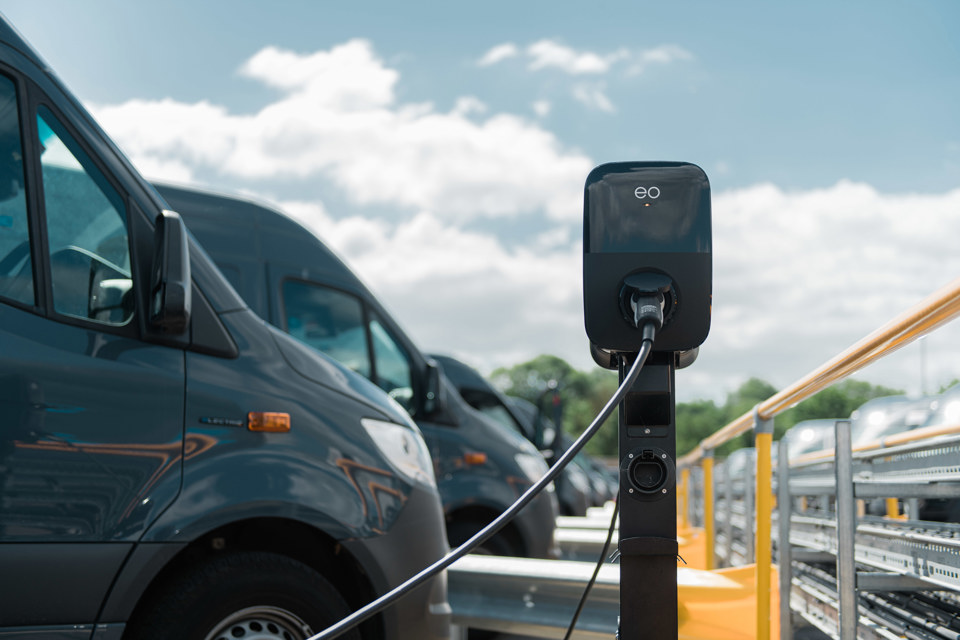




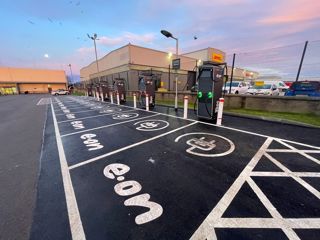
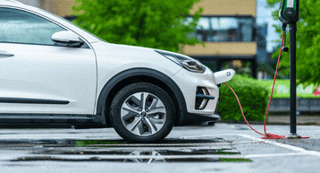

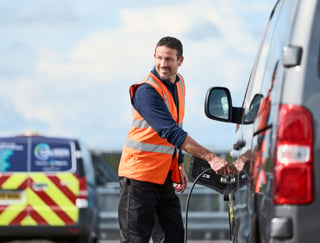
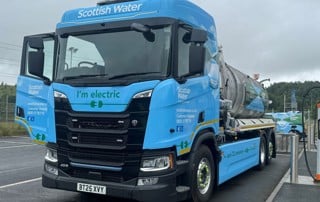


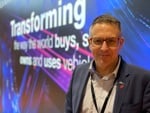









Login to comment
Comments
No comments have been made yet.